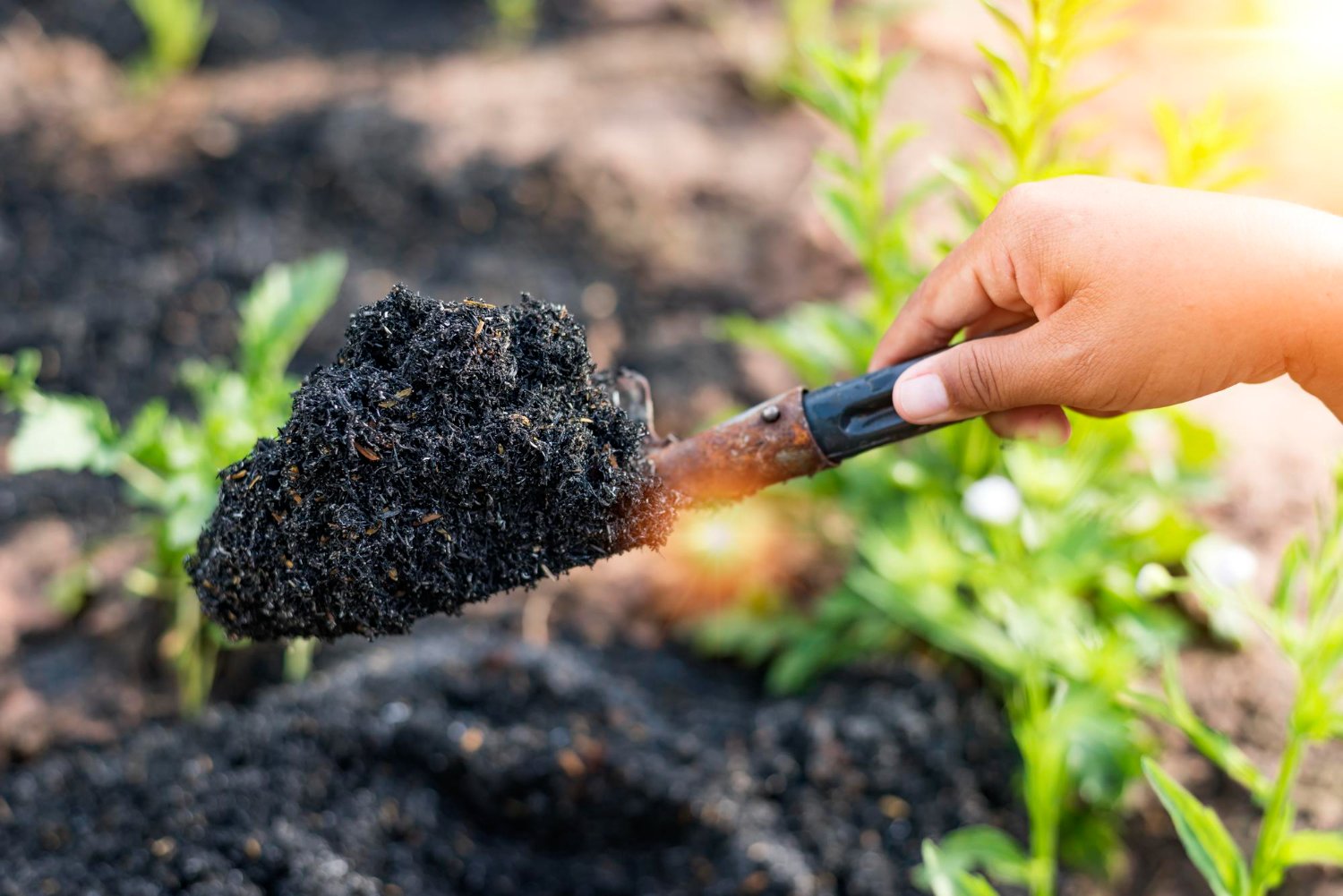Our Blog
The Science Behind Gel Fertilizer: How It Works in the Soil
September 19, 2025

Modern agriculture needs fertilizers that are efficient, eco-friendly, and capable of reducing nutrient loss. Gel Fertilizer is one such innovation. But how does it actually work in the soil? Let’s explore the science behind this revolutionary farming solution.
What is Gel Fertilizer?
Gel fertilizer is a water-soluble, jelly-like fertilizer made with advanced polymer technology. It contains a balanced mix of macro and micro nutrients that are released gradually into the soil. Unlike conventional fertilizers, gel fertilizers control nutrient delivery, ensuring plants get exactly what they need.
How Gel Fertilizer Works in the Soil
1. Controlled Nutrient Release
The gel matrix slowly breaks down in the soil, releasing nutrients over time. This prevents leaching and ensures steady plant nutrition.
2. Moisture Retention
The gel structure absorbs and holds water, keeping the soil moist for longer. This reduces irrigation needs and supports root hydration.
3. Root Zone Targeting
When applied through drip irrigation or soil application, gel fertilizers stay near the root zone. This allows plants to absorb nutrients directly and efficiently.
4. Soil Health Improvement
By minimizing nutrient loss and balancing soil chemistry, gel fertilizers help improve soil fertility and microbial activity over time.
Scientific Benefits of Gel Fertilizer
- Reduced Leaching: Prevents nutrients from washing away during rainfall or irrigation.
- Higher Efficiency: Ensures maximum nutrient absorption by crops.
- Eco-Friendly: Reduces groundwater contamination caused by chemical runoff.
- Consistent Growth: Provides plants with a steady supply of nutrients during critical growth stages.
Best Crops for Gel Fertilizer
Gel fertilizers are suitable for a variety of crops that require consistent nutrient supply:
- Vegetables: Tomato, Potato, Cucumber, Chilli
- Fruits: Grapes, Citrus, Mango, Banana
- Cereals: Rice, Wheat, Maize
- Cash Crops: Cotton, Sugarcane
Conclusion
The science behind gel fertilizer lies in its ability to release nutrients slowly, retain moisture, and improve soil health. For farmers, this means higher yields, reduced costs, and sustainable farming practices. By adopting gel fertilizers, agriculture can move towards a greener and more productive future.

